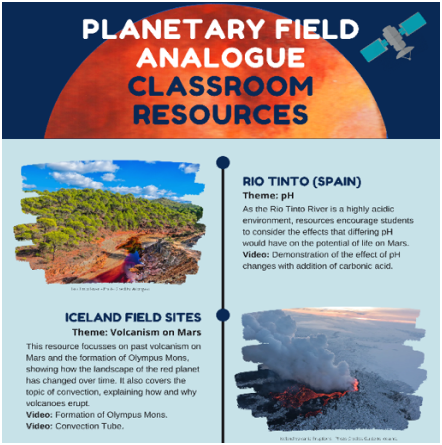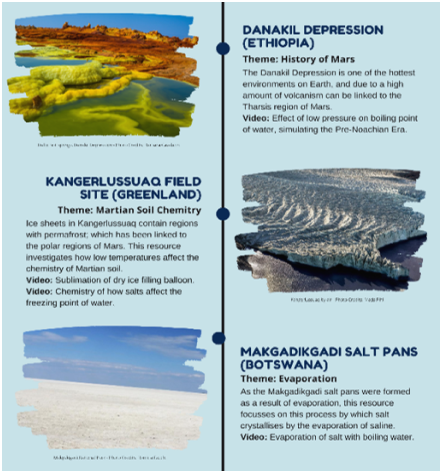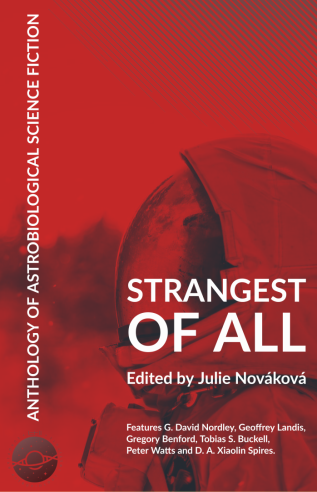Evidence from public engagement activities shows that young people are fascinated by the possibility of life existing beyond the Earth, and that teachers draw on the latest evidence and thinking in their teaching to illuminate existing curriculum topics, open up research and support young people’s aspirations for their future.[1] [2] The sheer breadth of academic disciplines involved in astrobiology (geology, physics, chemistry, biology, ethics, history, philosophy, law and more) can support cross-curricular activities, allowing young people to exercise their curiosity and critically address big questions: ‘are we alone in the Universe? who owns space? what if life from Earth contaminates another body, or vice versa? how do we balance the risks and benefits of research in different areas?
AstrobiologyOU, as an inter-disciplinary research community, seeks to address the scientific, governance, educational and ethical aspects of astrobiology.[3] Evidence and practice from work to tackle complex problems in other areas, such as in environmental science and human health and well-being, has demonstrated the importance and value of engaging and collaborating with publics, stakeholders and end-users, especially those with first-hand experience of the issues.[4] Moreover, public funders and institutions increasingly require tangible evidence of integrated working with communities.[5] As members of the Open University, these values are embodied in our Senate-approved concept of ‘engaged research’, which encompasses the different ways that researchers meaningfully interact with stakeholders, user communities, members of the public and other communities, facilitating engagement over any or all stages of a research process, from issue formulation, through production or co-creation of new knowledge, to knowledge evaluation and dissemination.[6]
This presentation will focus on our first steps in developing the philosophy and practice of open and engaged research, beginning with building engagement between researchers and teachers, and leading on to co-working to co-design resources for astrobiology-related continuing professional development and educational resources. We argue that not only do open collaboration and co-creation produce better resources that are more closely aligned to teachers’ aspirations, the demands of the curriculum and students’ needs, but that these methods are scalable, transferable and adaptable to changing circumstances; evaluation of these first steps will enable us to test this concept.
In recent months universities, institutions, schools and families have witnessed a rapid online pivot in education wrought by the effects of the Covid-19 pandemic. For many, this has demonstrated, as never before, that the opportunities and locations of education are becoming wider and more flexible. The Open University has more than fifty years’ experience of distance learning, enabling students around the world, from all kinds of backgrounds and with all kinds of aspirations, to access higher education. Through its OpenLearn platform, it offers free access to course material and other education resources and through ORO (the university publications repository) and the CORE platform open access to millions of research outputs. Nevertheless, despite this considerable commitment openness, the OU has limited activity in co-production with teachers, a gap we hope to fill.
Earlier work has shown that many academics are very willing and highly committed to communicating their research to schools but much less willing to engage with schools in the co-production of educational resources.[7] This experiment in co-production aims to build from this strong background to meet current challenges to produce actionable, sustainable knowledge and understanding, this offers the opportunity to experiment in co-production. By its nature, engaged research embodies openness; through this work we aim to explore openness and collaboration between researchers and teachers.
[1] Oreiro, R and Solbes.J. (2017) Secondary School Students' Knowledge and Opinions on Astrobiology Topics and Related Social Issues Astrobiology 91-99.http://doi.org/10.1089/ast.2015.1445
[2] Harman, P. K. & Devore, E. K. (2009) Astrobiology as a Context for High School Science: Teachers' Professional Development Bioastronomy 2007: Molecules, Microbes and Extraterrestrial Life ASP Conference Series, Vol. 420, 16-20 July 2007, San Juan, Puerto Rico. Karen J. Meech et al (eds). San Francisco: Astronomical Society of the Pacific, 2009., p.463
[3] Schummer, J. (2009) ‘Science communication across disciplines’. In: Holliman, R., Thomas, J., Smidt, S., Scanlon, E. and Whitelegg, L. (eds) (2009). Practising science communication in the information age: Theorising professional practices. Oxford, UK: Oxford University Press
[4] Maguire, K., Garside, R., Poland, J., Fleming, L. E., Alcock, I., Taylor, T., Macintyre, H., Lo Iacono, G., Green, A., Wheeler, B. W., 2019. Public involvement in research about environmental change and health: A case study. Health 23(2), 215–233.
[5] UK Research and Innovation (2019) Delivery Plan 2019 [online] Available from: https://www.ukri.org/files/about/dps/ukri-dp-2019/ Accessed 29 June 2020
[6] Grand A, Davies G, Holliman R, Adams A (2015) Mapping Public Engagement with Research in a UK University. PLoS ONE 10(4): e0121874. doi:10.1371/journal.pone.0121874
[7] Holliman, R., Davies, G., Pearson, V., Collins, T., Sheridan, S., Brown, H., Hallam, J. and Russell, M. (2017). ‘Planning for engaged research: a collaborative “Labcast”’. In: Natalia Kucirkova and Oliver Quinlan (eds). The Digitally Agile Researcher. London: Open University Press, pp. 88–106.




